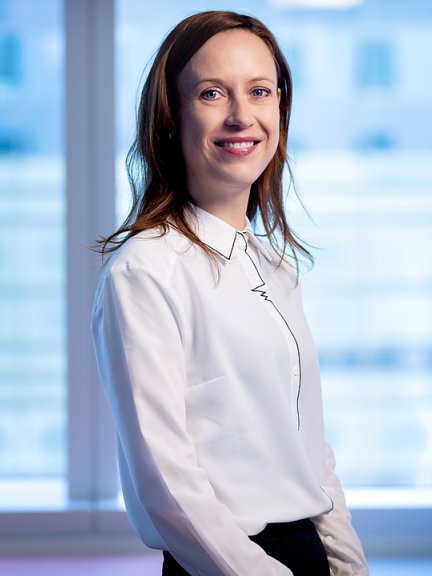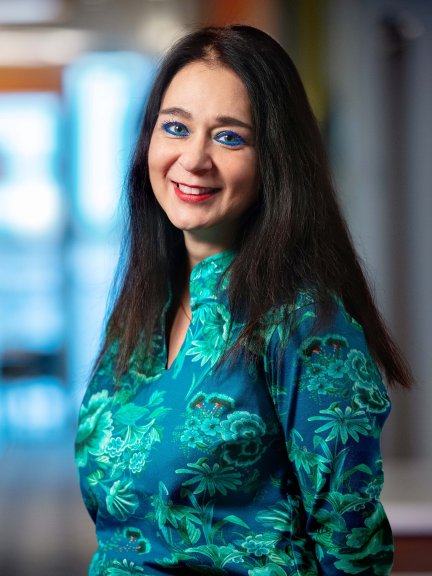Patient involvement
Zwaagman: ‘I am currently working as a communication specialist at the Amsterdam UMC Heart Center. I started with a blank sheet and have updated the website by removing jargon, thereby making it more comprehensible for patients. An important part of my work is to improve the information provided to patients, researchers and care staff. The COVID-19 pandemic worked as an accelerator of the digitalization, from outpatient visits to the introduction days for A(N)IOS. At the moment, I am digitalizing care pathways in which patients and their loved ones are being kept informed about the surgery they have to undergo. By using 3D and Virtual reality videos we try to prepare and comfort the patients as much as possible.’


Vlasman: ‘Since 2014 I have been working as a patient representative within the several consortia of the Dutch Heart Foundation (CVON Dosis/Double Dose, Early HFpEF, AFFIP, SHE-PREDICTS HF and Cardio Moonshot). After my own successful heart transplantation, I started working again as a policy advisor at Patiëntenfederatie Nederland (Dutch Patient Federation) and in this role I approach the patient needs more from a public affairs and stakeholder management angle.
Together with Jolanda van der Velden, Diederik Kuster, Rudolf de Boer (UMCG) and Peter van Tintelen (UMCU) I recently started the international organization Cardiomyopathy Research The Netherlands (https://cardiomyopathie-onderzoek.nl). Together with other national and international research institutes, hospitals and other patient organizations, the foundation promotes the interests of all cardiac gene carriers and their families by: conducting scientific research of hereditary heart diseases, identifying predisposed relatives at an early stage and striving for better treatment to find a solution for the congenital and genetic heart (muscle) condition cardiomyopathy.’
It is important that the patient's voice is heard.
Zwaagman: ‘Recently Amsterdam UMC organized a Patient Day where representatives from cardiology patient federations were informed about the merger of the two academic hospitals and the implications for cardio(thoracic) patients. The representatives will forward this information on to the patients within the federation. But it is not just a one-way flow of information, it is also very important that the patients are heard. Doctors and nurses should be encouraged to include the patient story in their work, as well as in research. What does the patient need to know about participation in clinical trials? Most of the time it is about providing the patient with information they can understand.’
Social awareness
Vlasman: ‘In order to increase the societal impact of research, it is important to make research as accessible as possible. By including various perspectives, like the patient perspective in the research questions, the content of the research will improve and it will become more socially relevant. Citizens and patients demand more transparency and accountability when it comes to public funds, and to be more involved in discussions about usefulness and necessity. Research institutes must encourage their researchers to step outside. Only when scientific research functions in connection with society can it produce the fruits we need and the answers to the challenges we face together. Therefore, public and patient involvement in scientific research is fundamental.’
On June 1, 2021 Patricia Vlasman started as staff advisor within the Amsterdam Cardiovascular Sciences (ACS) research institute of Amsterdam UMC. Her focus is on the valorization of cardiovascular research, and the opportunities within public private partnerships.
This article is published in June 2021 in the ACS magazine 2021, page 6-7.

